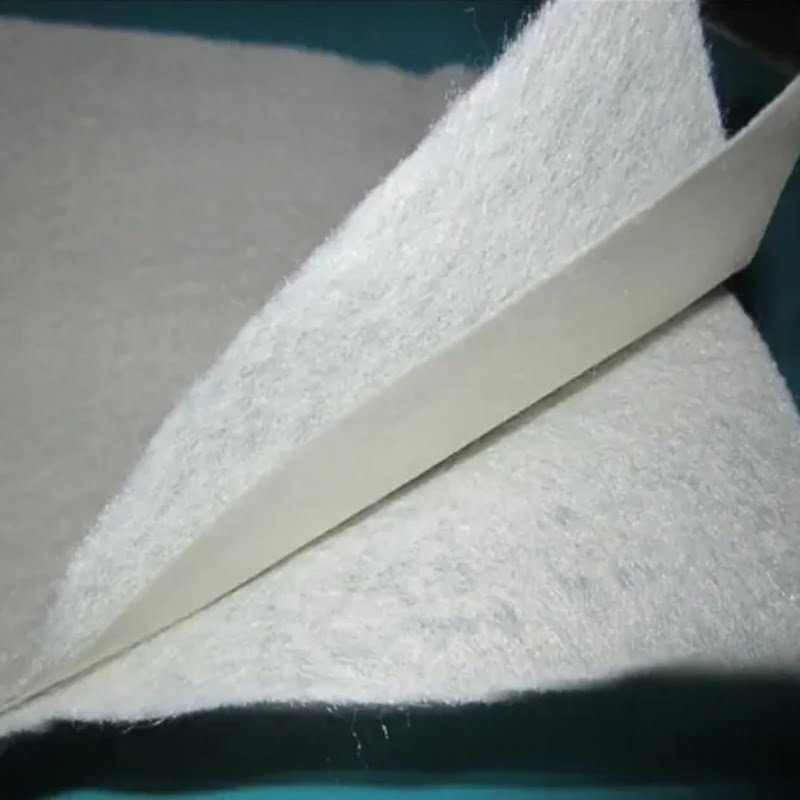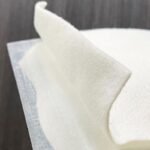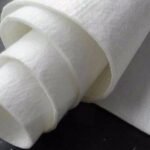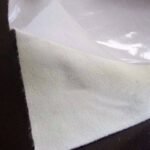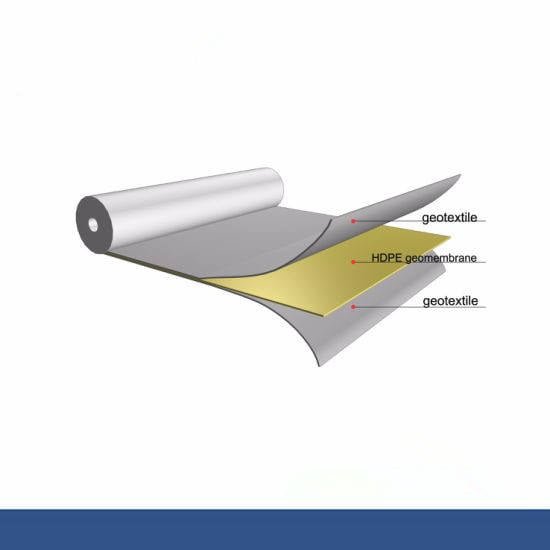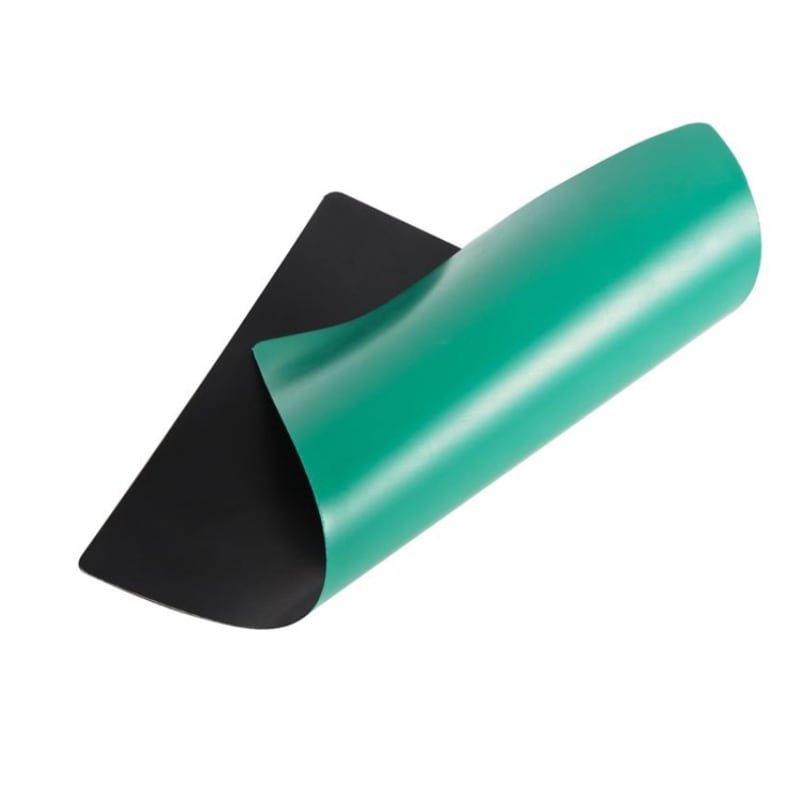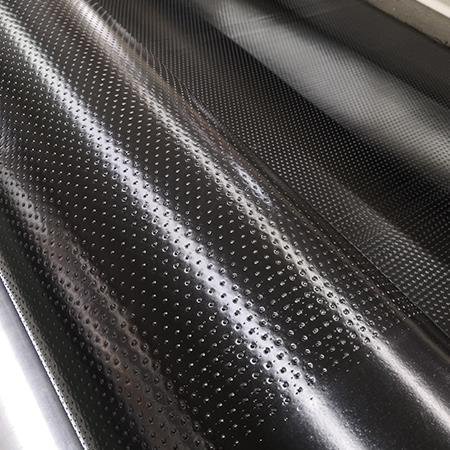[SHORTCODE_ELEMENTOR id=”10695″]
Composite Geomembrane
Composite Geomembrane is composited by filament geotextile or short fiber geotextile and PE film by hot compound. It has excellent flat drainage and anti-seepage property. It can be divided into one geotextile plus one geomembrane and two geotextile plus one geomembrane. The width is 4M~ 6M. Gram weight is from 400g/m2 to 1500g/m2. It can be applied under unconventional temperature surroundings because it selects High Polymer Material and adds aging proof agent. Composite geomembrane is widely used in water conservancy projects, building, transportation, subway, tunnel, constructions etc.New arrival various styles compound geotextile membrane for railway composite geomembrane liner
